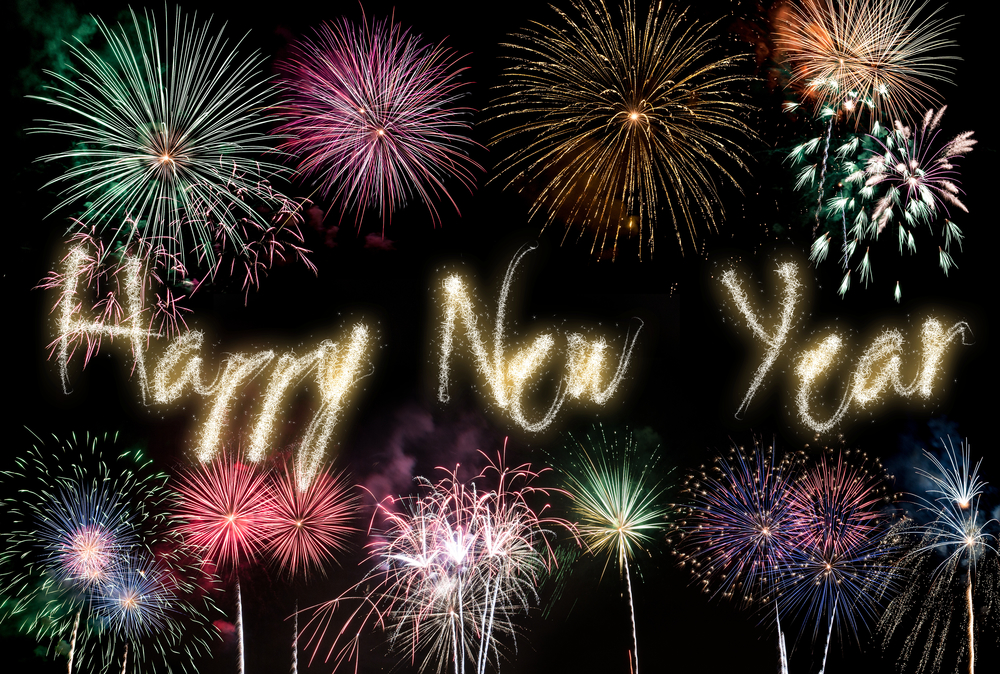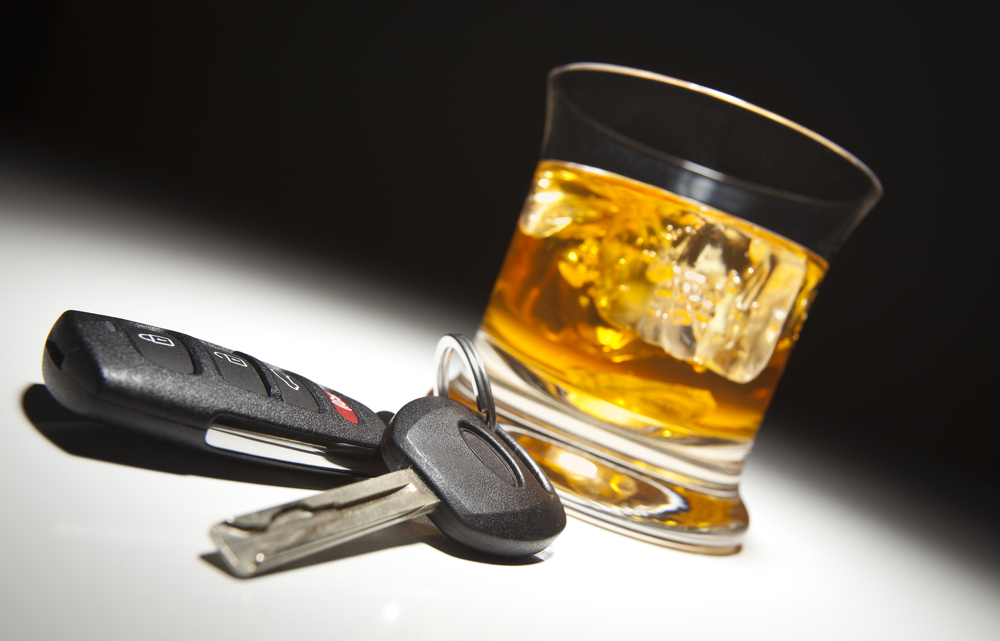New Years Eve is a fun time of the year with many celebrating the new year by having a few drinks, but with taxi prices being at a all time high on new years eve some people can be tempted to drink drive! An estimated 7,800 people were killed or injured in drink driving accidents in the UK in 2019, those figures alone should be enough to deter you from even thinking about picking up your car keys after having a drink!
Drink driving kills drinking alcohol slows down your reaction and impairs your judgement making your driving unsafe and putting you and others at risk essentially at greater risk of an accident. The safest and best advice is to avoid alcohol completely if you have to drive. And remember, if you do drink, there could still be enough alcohol in your system the next morning to mean you’re over the limit, and not safe to drive.
Many of the functions that we depend on to drive safely are affected when we drink alcohol:
- The brain takes longer to receive messages from the eye
- Processing information becomes more difficult
- Instructions to the body’s muscles are delayed resulting in slower reaction times
Drinking affects your reaction times, your vision and your ability to concentrate, which means you can’t control the car as well. And you’re more likely to engage in risk taking behavior after drinking,3 which can mean your driving is more dangerous.
There are strict alcohol limits for drivers in all parts of the UK – and they are different in Scotland than England, Wales and Northern Ireland. The limits are based on the amount of alcohol detected in someone’s breath, blood or urine.
It isn’t possible to work out how many units of alcohol will put you over the limit. That’s because it varies from person to person, depending on:
- Your weight, age, sex and metabolism (the rate your body uses energy)
- The type and amount of alcohol you’re drinking
- What you’ve eaten recently
- Your stress levels at the time
In England, Wales and Northern Ireland, the drink driving alcohol limit for drivers is:
- 80 milligrammes of alcohol per 100 millilitres of blood (the ‘blood limit’)
- 35 micrograms per 100 millilitres of breath (the ‘breath limit’)
- 107 milligrammes per 100 millilitres of urine (the ‘urine limit’)
Even small amounts of alcohol can affect your ability to drive and there is no reliable way to drink and stay within the limit. The advice from the police is clear: avoid alcohol altogether if you plan to drive. If you need to have transport, try these top tips to enjoy an alcohol-free night out.
The police are allowed to stop any vehicle at their discretion and can breathalyze you if they have reason to suspect you have been drinking. They often set up drink driving check points over periods such as Christmas and New Year’s Eve.
You could also be required to take a breathalyzer test if you’ve committed a moving traffic offense (such as a banned turn or going through a red light) or been involved in an accident.
To investigate whether you are over the drink drive limit, police will carry out a screening breath test at the roadside, using a breathalyzer.
If you fail this test, or if they have other grounds to believe that your driving was impaired due to alcohol, you’ll be taken to a police station and given a final breath test. At the station you will need to provide two more breath specimens into a complex breathalyzer.
The lower of the two readings is used to decide whether you are above the drink driving limit.
If it is needed, the police also have the power to require a sample of urine, or for a blood test to be carried out by a medical professional. Failure to provide a sample is a criminal offense.
From everyone at Britannia we would all like to wish you a Happy New Year all the best for 2023.
 Buy Gifts Vouchers Here
Buy Gifts Vouchers Here Intensive Driving Courses
Intensive Driving Courses Driving Test Booking Services
Driving Test Booking Services




